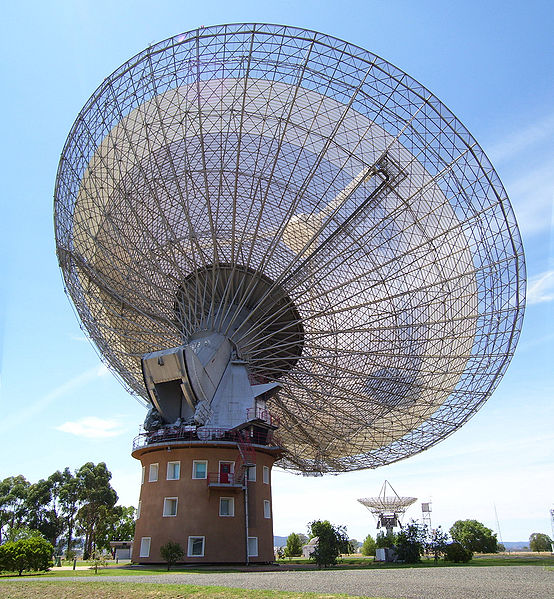Mysterious radio bursts come from outside our galaxy
Ars Technica » Scientific Method 2013-07-06

Astronomers using a radiotelescope to perform a survey of a broad patch of the sky have spotted a set of unusual events that last for just a handful of milliseconds. The events don't repeat and aren't accompanied by anything obvious at optical X-ray wavelengths. A careful examination of their properties, however, gives reason to believe that they are likely to occur at great distances from our galaxy, suggesting they are the product of cataclysmic occurrences. Based on the four events detected during their survey of a single patch of the sky, the astronomers suggest that thousands of them may be visible from Earth each day—provided we know where to look.
There's really not a lot to say about the Fast Radio Bursts (FRBs) themselves. Four were identified that differ largely in intensity; all of them lasted for less than five milliseconds. If the events were associated with bursts at high-energy wavelengths, then we have hardware in space that should have detected them. Although the radiotelescope used for the survey couldn't provide careful location information, there was nothing out of the ordinary in the area reported at optical wavelengths, either.
If the radio bursts were coming from within our galaxy, then a variety of situations could produce signals with that kind of energy. So, the authors tried to figure out where the bursts are coming from. To do that, they relied on the fact that radiowaves interact with the ionized interstellar gas in a way that alters their spectrum. The more gas they interact with, the larger the effect. Based on the properties of these FRBs, it appears they went through a lot of gas. But their locations indicate that they didn't travel through much of our galaxy's gas, which implies that they must also be affected by some combination of the source galaxy and the intergalactic medium.
Read 4 remaining paragraphs | Comments